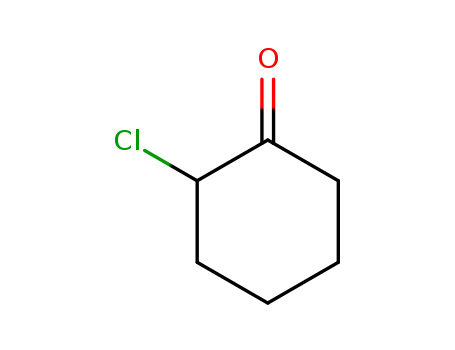10.1055/s-2007-990869
The research presents a study on the Chlorotrimethylsilane-Mediated Friedl?nder Synthesis of 2-(a-Chloroalkyl)quinoline Derivatives, which are significant in medicinal chemistry for their use in synthesizing potential analgesics, anti-inflammatories, and other pharmaceuticals. The researchers explored a novel approach using chlorotrimethylsilane (TMSCl) as a catalyst and water scavenger in the Friedl?nder reaction, extending the scope of the reaction to include a-chloroketones. The study involved the condensation of 2-aminoacetophenone and 2-aminobenzophenone with ethyl 4-chloro-3-oxobutanoate, as well as reactions with 1,3-dichloroacetone and 2-chlorocyclohexanone under controlled conditions. The products were analyzed using 1H and 13C NMR spectroscopy, and the yields were compared to those from traditional procedures, showing significant improvements. The simplicity and high yield of the method make it a valuable tool for the synthesis of these important compounds.
10.1016/S0040-4039(01)90354-5
The study presents an efficient methodology for the synthesis of indole derivatives in a single operation using organodilithium reagents and vicinal dication equivalents. Key chemicals involved include 2-bromoaniline derivatives, which are used to prepare organodimetallic reagents through bromine-lithium exchange, a process that facilitates efficient, site-specific lithiation. For instance, 2'-bromo-2,2-dimethylpropionanilide reacts with methyllithium and t-butyllithium to form the organodilithium derivative. This derivative is then reacted with biselectrophiles such as 2-chlorocyclohexanone to produce indole precursors. The study also explores the effects of variations in nitrogen protecting groups and reaction temperatures. The methodology allows for the formation of either N-protected or unprotected indoles, with dehydration induced by trifluoroacetic acid yielding N-protected products like 3,4-tetrahydrocarbazole. The study further demonstrates the versatility of the method by using different biselectrophiles, such as the enolate of cyclohexenone epoxide and enediones, to produce various indole derivatives. The results highlight the regiocontrol and synthetic efficiency of this approach, with high yields and the ability to directly convert commercially available 2-bromoaniline to tetrahydrocarbazole in one operation.



 Xi
Xi


